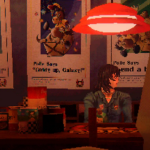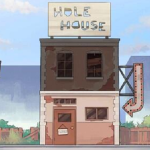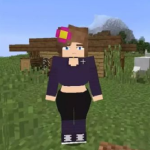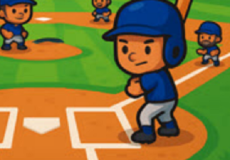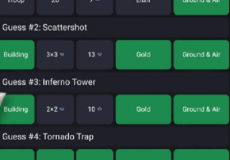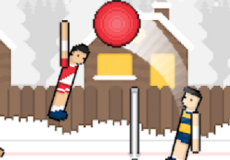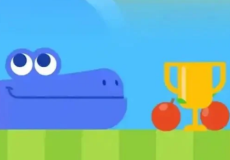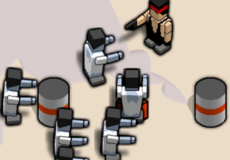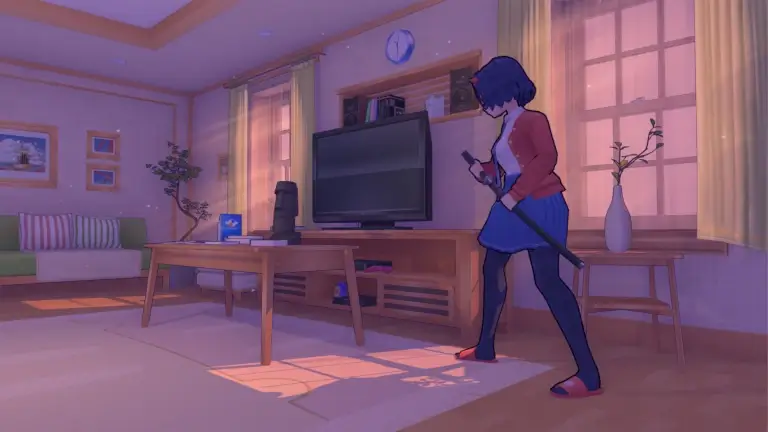

Patrick’s Parabox
Advertisement
Patrick’s Parabox is a logic-based puzzle game that explores the relationship between space, structure, and recursion. The player controls a small cube-shaped character named Patrick, navigating through grid-based rooms filled with boxes. The core objective is to move boxes into designated positions, but the challenge arises from the ability to enter and manipulate boxes that also function as spaces themselves. This recursive design transforms each level into a layered puzzle where cause and effect can exist in multiple dimensions simultaneously.
Advertisement
Similiar games
Patrick’s Parabox is a logic-based puzzle game that explores the relationship between space, structure, and recursion. The player controls a small cube-shaped character named Patrick, navigating through grid-based rooms filled with boxes. The core objective is to move boxes into designated positions, but the challenge arises from the ability to enter and manipulate boxes that also function as spaces themselves. This recursive design transforms each level into a layered puzzle where cause and effect can exist in multiple dimensions simultaneously.
Gameplay Structure and Rules
Each level in Patrick’s Parabox introduces a specific logical rule that builds on previous concepts. The player can push boxes, enter them, or exit them depending on the puzzle’s layout. Some boxes represent entire environments, and others may contain miniature copies of the level currently being played. The game relies on consistent rules rather than random elements, allowing players to test hypotheses and confirm results. As progression continues, the puzzles begin to reference themselves, leading to structures where the inside and outside of a box interact in ways that loop infinitely.
Systems and Key Elements
The design of Patrick’s Parabox follows a set of interconnected systems that define how puzzles evolve:
· Containment Logic: Boxes can store other boxes, creating nested layers of space.
· Recursive Movement: Entering one box can shift or mirror another environment.
· Expansion of Scale: Some levels increase or reduce size depending on the player’s position.
· Sequential Learning: Each new mechanic is introduced gradually before being merged with previous ones.
· Consistent Visual Language: The minimal presentation ensures focus remains on spatial reasoning.
Together, these mechanics build a predictable yet deep puzzle framework that allows experimentation while maintaining logical coherence.
Reasoning and Player Interaction
The challenge in Patrick’s Parabox comes from understanding how spatial recursion changes movement and placement. Players must imagine how moving one element affects another instance of the same environment. The solution process often requires thinking several steps ahead, considering both direct moves and their reflections in other layers. This approach turns each level into an exercise in structured reasoning, where understanding the relationship between multiple spaces becomes the path to progress.
Patrick’s Parabox demonstrates how a small set of consistent rules can generate an extensive range of logical puzzles. By combining recursion, spatial manipulation, and self-referential design, the game creates a system where exploration and reasoning become inseparable. Each solved level reinforces the understanding of how structure and logic interact, forming a continuous process of discovery grounded in clear mathematical principles.
Discuss Patrick’s Parabox

